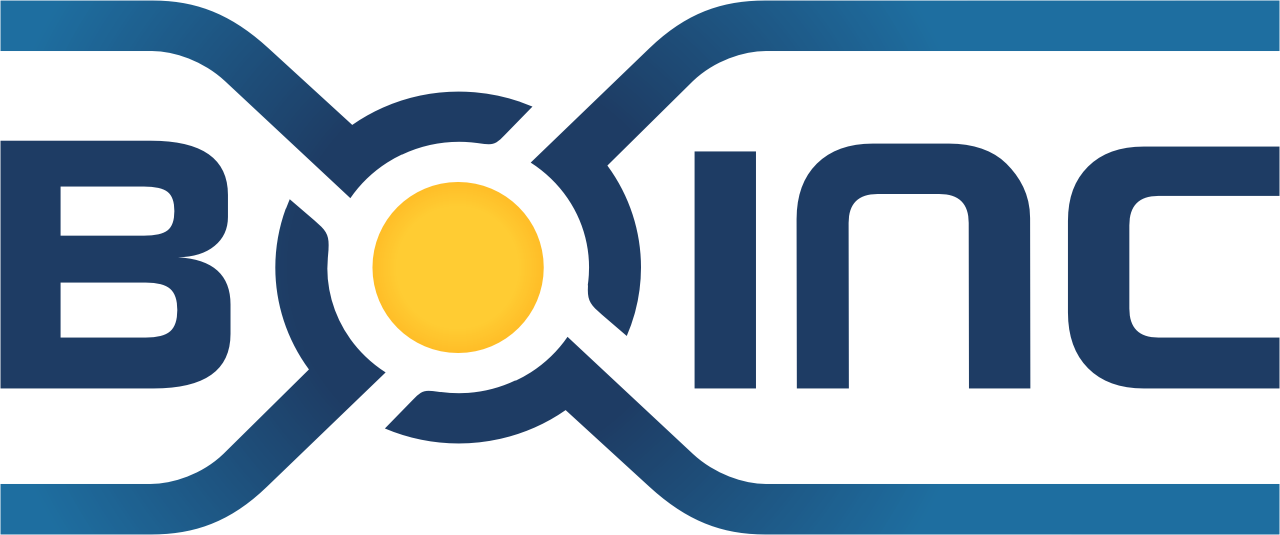- BOINC lets you help cutting-edge science research using your computer. The BOINC app, running on your computer, downloads scientific computing jobs and runs them invisibly in the background. It's easy and safe.
- About 30 science projects use BOINC. They investigate diseases, study climate change, discover pulsars, and do many other types of scientific research.
- The BOINC and Science United projects are located at the University of California, Berkeley and are supported by the National Science Foundation.


News from BOINC Projects
[YAFU] Aliquot sequence 3475668 has terminated!!!
Aliquot sequence 3475668 has terminated!!!
View article · Mon, 22 Sep 2025 17:11:43 +0000
[LHC@home] New application Xtrack
As mentioned in this thread, we finally have the new Xtrack BOINC application available for beta testing.
Please refer to the Sixtrack/Xtrack forum for further details and feedback discussion. Tasks should hopefully be available by tomorrow.
The LHC@home team
View article · Tue, 16 Sep 2025 16:11:37 +0000
[YAFU] Aliquot sequence 3485058 has terminated!!!
Aliquot sequence 3485058 has terminated!!!
View article · Sat, 13 Sep 2025 08:07:15 +0000
... more
Computing power · Certificate · Poll · Teams
Scientists:
- Create and maintain a BOINC project.
- Run Docker and Autodock jobs with BOINC Central.
Programmers:
Contact · Papers · Graphics · Events · History
News
BOINC client 8.2.4 released
The 8.2.4 version of the BOINC client has been released for all platforms. Download it here. Release notes are here. The new version supports Docker apps - an important step for BOINC.
10 Jul 2025, 21:46:02 UTC
· Discuss
Lines of code visualization
Vitalii made a visualization of the number of lines of code in BOINC going back to 2002.
16 Mar 2025, 9:07:20 UTC
· Discuss
Grafana project dashboards
Check out Grafana project dashboards showing time-varying graphs of project info such as number of unsent and in-progress jobs.
15 Feb 2025, 21:03:13 UTC
· Discuss
... more
News is available as an RSS feed
Copyright © 2025 University of California.
Permission is granted to copy, distribute and/or modify this document
under the terms of the GNU Free Documentation License,
Version 1.2 or any later version published by the Free Software Foundation.
